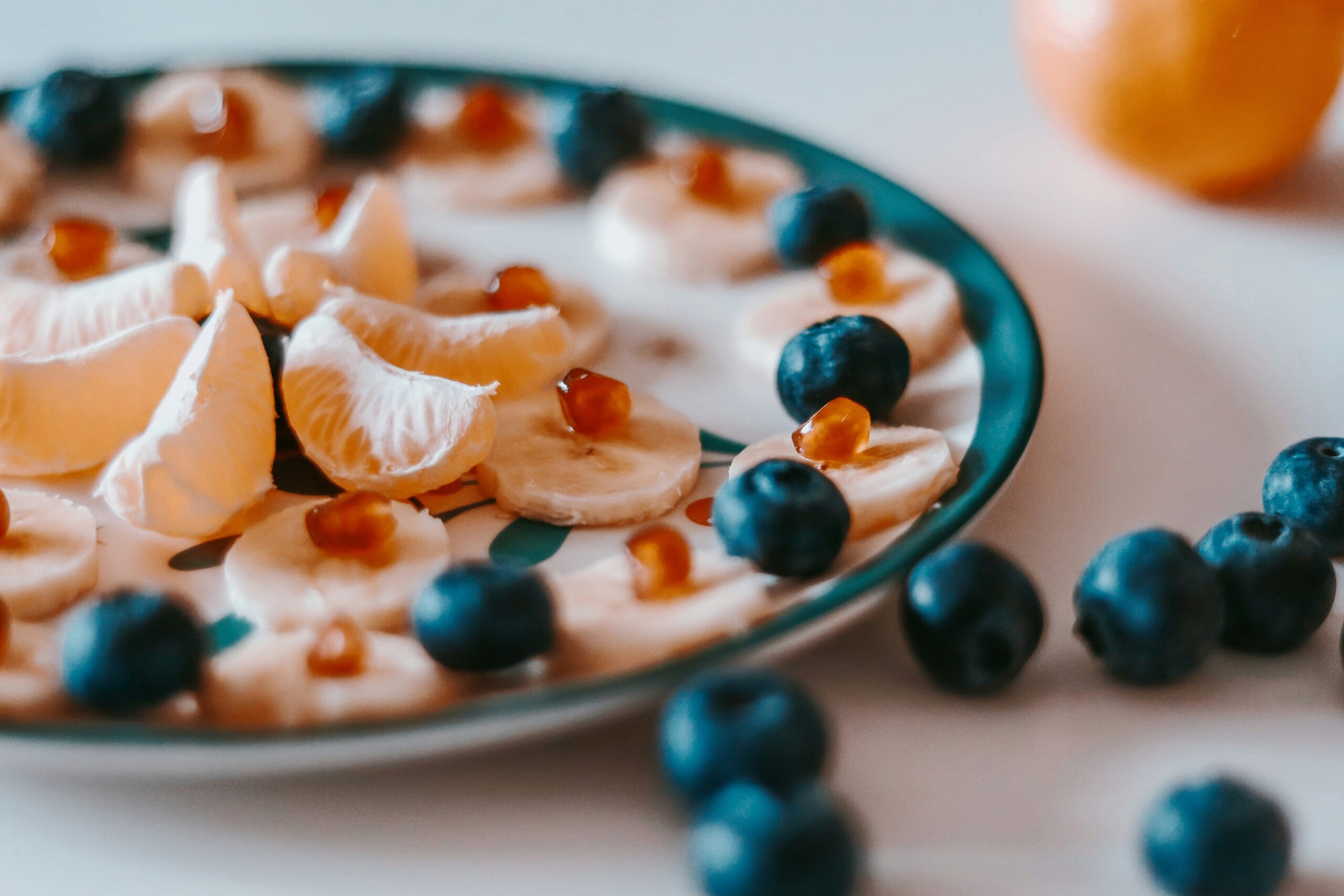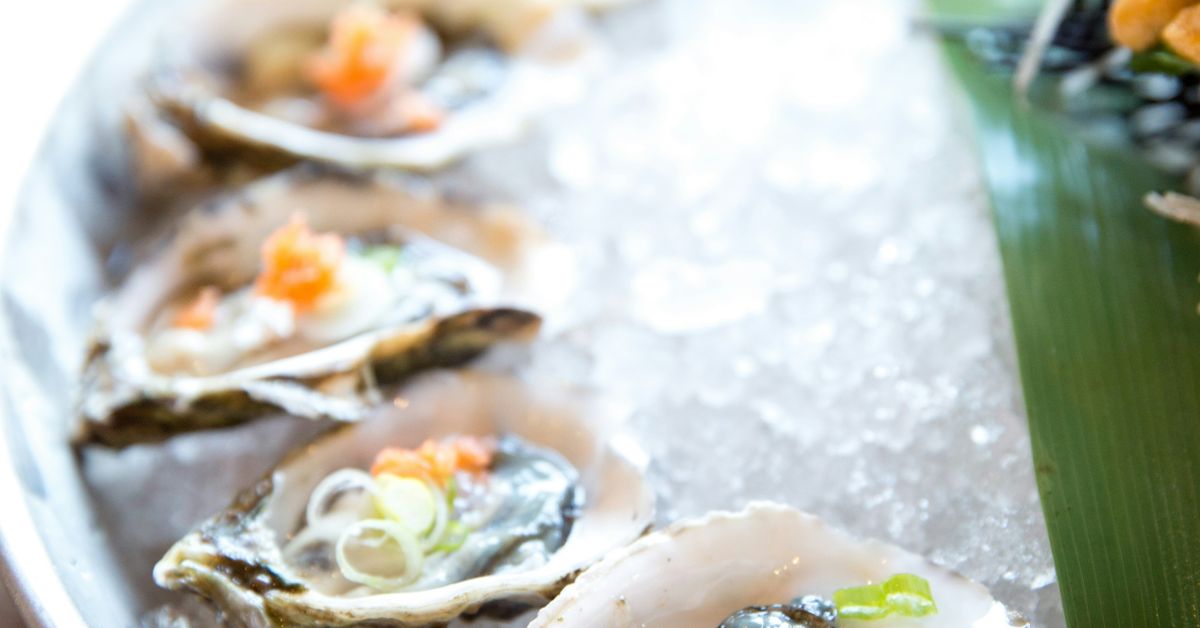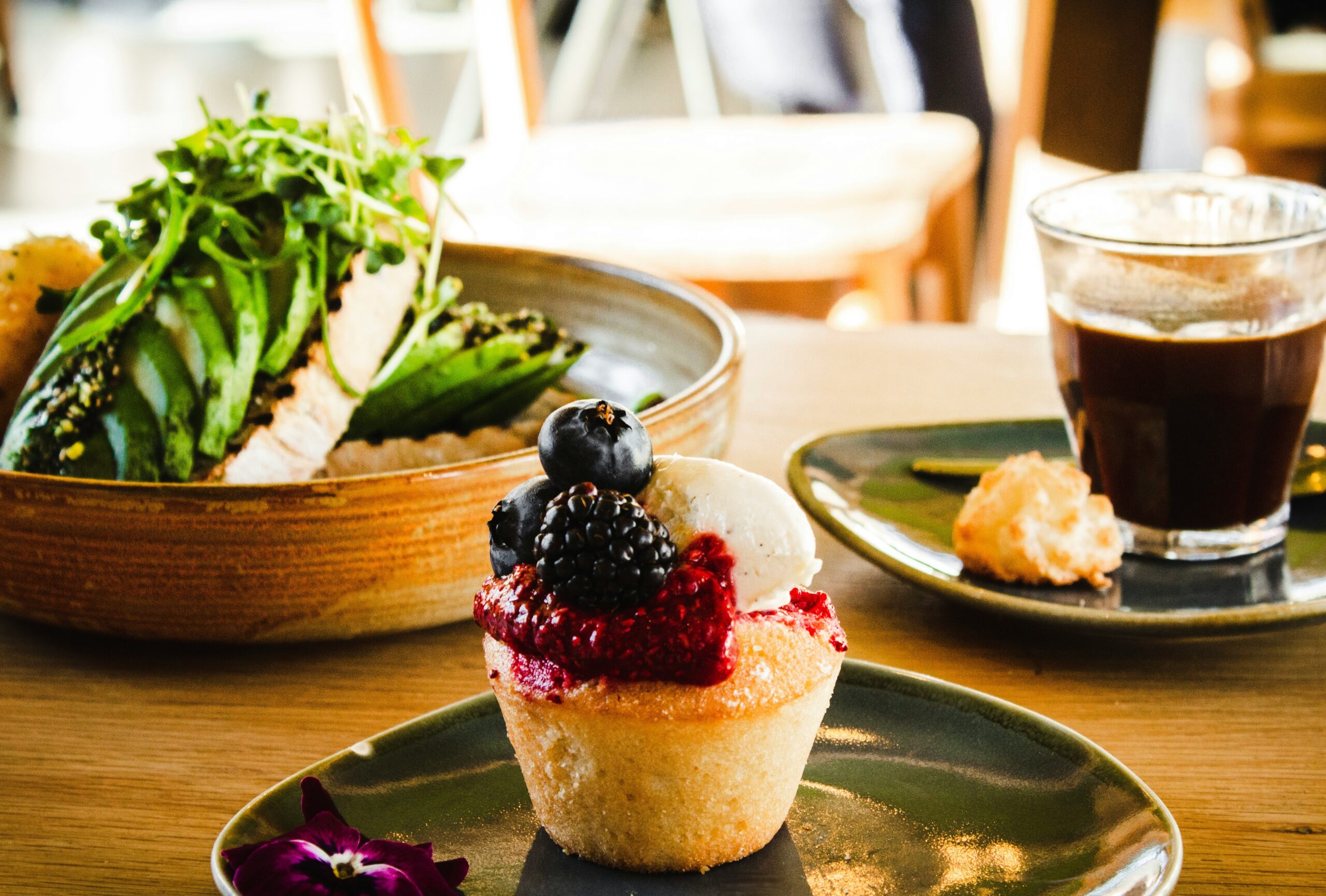Introduction: A Taste of Home
When was the last time a dish transported you back to your childhood? You know the one—where the aroma wafts through the air, wrapping around you like a warm hug from Grandma. Family recipes are more than just a collection of ingredients; they are a bridge connecting generations, a tapestry woven with love, memories, and, of course, flavor. In an age when culinary trends seem to change faster than a TikTok dance challenge, exploring the depth of family recipes feels like diving into a time capsule of culinary tradition.
The Stories Behind the Spice
Each family recipe tells a story, often rich with cultural significance and personal anecdotes. Take, for instance, my Aunt Marge’s infamous meatballs. They’re not just meatballs—they’re a labor of love, a culinary masterpiece that’s been passed down from her Italian grandmother. I remember the first time I helped her in the kitchen; I was about eight, and she handed me a spoon that felt like a scepter of culinary royalty. “You have to mix with your heart, kid,” she said, as I awkwardly stirred the ingredients, wondering how on Earth a spoon could be so heavy.
Connecting Generations Through Recipes
Family recipes often serve as a conduit for familial bonding. They allow us to connect with our ancestors, even if we never met them. As I chopped herbs alongside Aunt Marge, she recounted tales of her grandmother, who would make these meatballs every Sunday. “She would say, ‘A good meal brings everyone together,’” Aunt Marge said, her eyes glistening with nostalgia. That philosophy has stuck with me—food indeed has a magical way of uniting people.
Flavors of Culture: A Culinary Mosaic
What’s fascinating about family recipes is their ability to encapsulate cultural identity. Consider the diverse culinary traditions that exist across the globe. One family might have a cherished recipe for spicy curry that reflects their Indian heritage, while another might whip up a savory shepherd’s pie from their Irish roots. These dishes carry the weight of history and tradition, often infused with local ingredients and techniques that have been honed over centuries.
Cultural Significance of Food
Food is not just sustenance; it’s a form of expression. According to culinary historian Dr. Ellen Shapiro, “Each recipe is a piece of our cultural identity, a reflection of where we come from, and who we are.” This sentiment resonates strongly when you taste a dish that has been prepared with care, often evoking feelings of belonging and pride.
Recreating Family Favorites
Recreating family recipes can sometimes feel like attempting to solve a culinary mystery. Have you ever tried to replicate a beloved dish only to find that it doesn’t taste quite right? You’re not alone. The secret ingredient often lies in the memories and emotions tied to the cooking process. For instance, my attempt to recreate Aunt Marge’s meatballs led to a hilarious disaster—too much garlic, not enough love. (Who knew love was a measurable ingredient?)
Tips for Preserving Family Recipes
If you’re looking to preserve your family recipes, here are a few tips that might help:
- Document Everything: Write down the recipes, including any personal notes or tips that make them special.
- Cook Together: Involve younger generations in the cooking process. It’s a great way to pass down not just recipes but stories and traditions.
- Embrace Imperfection: Remember, it’s okay if the dish doesn’t turn out exactly like Grandma’s. Every cook adds their own twist!
The Role of Food in Celebrations
Food often takes center stage during celebrations, whether it’s a holiday feast or a family reunion. These occasions are prime opportunities for families to showcase their culinary heritage. I can still vividly recall the Thanksgiving dinners at my grandparents’ house, where the turkey was just one of many dishes. There were mashed potatoes, green bean casserole, and let’s not forget the sweet potato pie—an absolute must-have!
Traditions Revived
As families evolve, so too do their traditions. Some recipes may fade away, while others are revived and adapted. For instance, my cousin Lisa has taken it upon herself to reinvent Grandma’s famous lasagna, making it gluten-free for her dietary restrictions. While purists might raise an eyebrow, it’s crucial to recognize that food is adaptable. It evolves with us. In a way, it’s like a family member—ever-changing, yet always familiar.
Modern Trends and Traditional Roots
In today’s culinary landscape, we see a fusion of tradition and modernity. Chefs and home cooks alike are experimenting with flavors that blend old-world techniques with contemporary tastes. This trend serves as a reminder that while tradition is essential, innovation can breathe new life into family recipes.
Fusion Cuisine: A Delicious Dilemma
Take, for instance, Korean tacos, a delightful mashup that combines Korean BBQ flavors with the classic taco. It’s a testament to how cultures can intertwine, creating something entirely new yet familiar. But let’s not forget, this culinary fusion can sometimes lead to heated debates at family gatherings. I once found myself in a rather spirited discussion over whether or not pineapple belongs on pizza—spoiler alert: it doesn’t end well!
Emotional Connections Through Cooking
There’s an undeniable emotional connection that comes from cooking family recipes. The act of preparing a dish can evoke a range of feelings, from joy and nostalgia to sadness and longing. Cooking can be therapeutic, a way to process emotions and connect with our past. I have often found solace in the kitchen, chopping vegetables and stirring pots, reminiscing about family gatherings and cherished moments.
Cooking as a Form of Remembrance
For many, cooking family recipes serves as a way to honor loved ones who have passed. A friend of mine, Sarah, lost her mother last year. In her grief, she began to cook her mother’s recipes, using them as a way to feel connected to her. “Every time I make her chicken soup, it feels like she’s right there with me,” Sarah confided in me over lunch one day. It struck me then how food can transcend the boundaries of life and death, keeping memories alive through flavor.
Preserving Family Recipes for Future Generations
As we navigate the complexities of modern life, it becomes increasingly important to preserve family recipes for future generations. They are not just a collection of dishes; they are a legacy. It’s crucial that we take the time to document these recipes and share them with our children, grandchildren, and beyond.
Creating a Family Recipe Book
One way to preserve these culinary treasures is by creating a family recipe book. Gather your relatives, each contributing their favorite dishes—perhaps Grandma’s famous chocolate chip cookies or Uncle Joe’s barbecue ribs. This compilation not only showcases your family’s culinary diversity but also serves as a cherished heirloom.
Conclusion: A Flavorful Legacy
In conclusion, family recipes are much more than mere instructions for cooking; they are an embodiment of love, culture, and remembrance. They represent a unique connection to our past and a bridge to our future. So the next time you find yourself in the kitchen, channeling the spirit of your ancestors, remember that you are not just cooking—you are carrying on a tradition, a flavorful legacy that deserves to be celebrated.
And who knows? Perhaps one day, your children will reminisce about the time they helped you prepare that unforgettable dish, just like I did with Aunt Marge. After all, the flavors of tradition are meant to be savored, cherished, and, most importantly, passed on.




